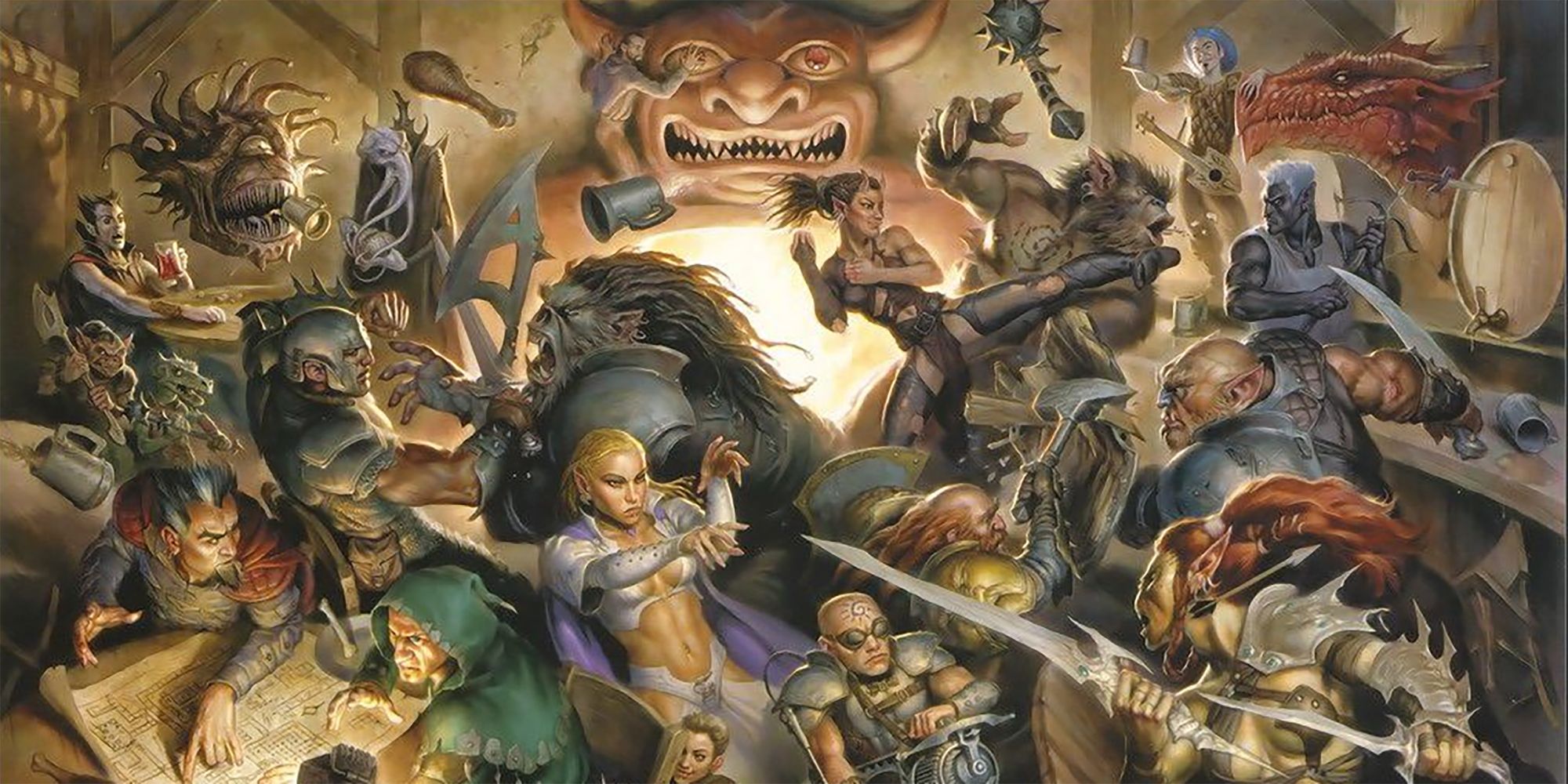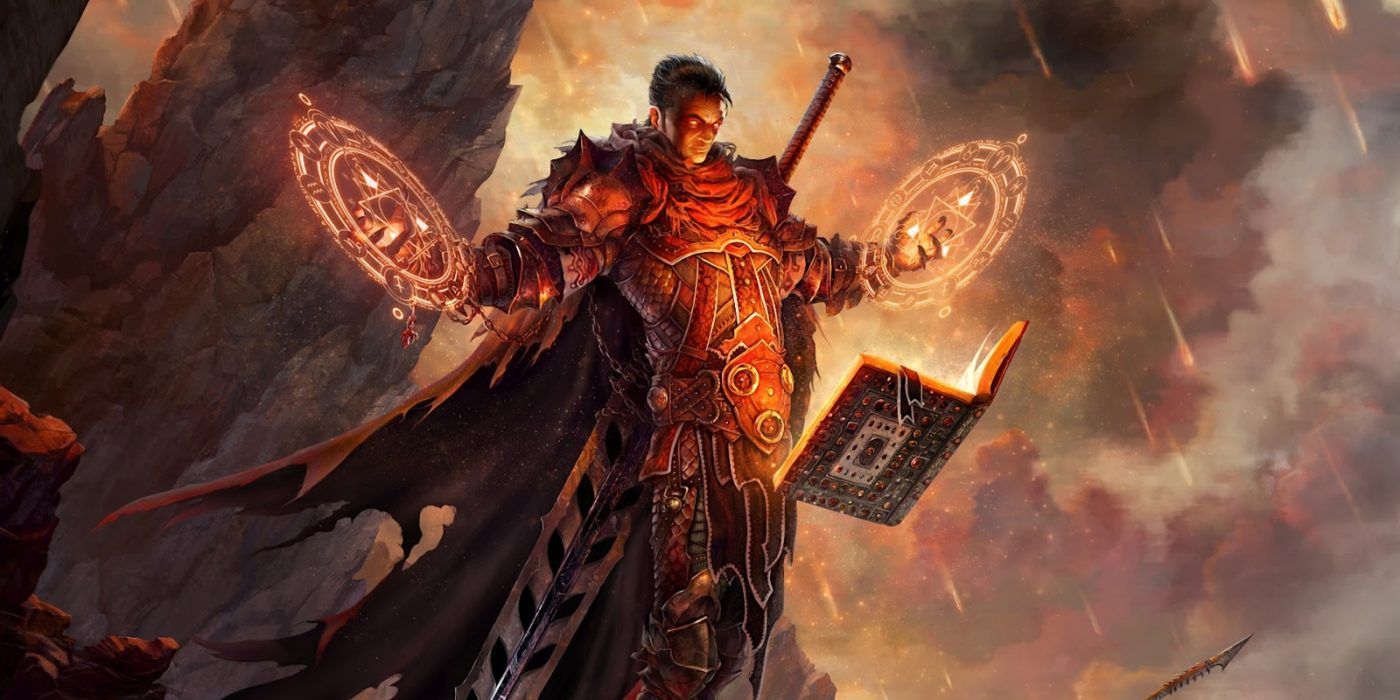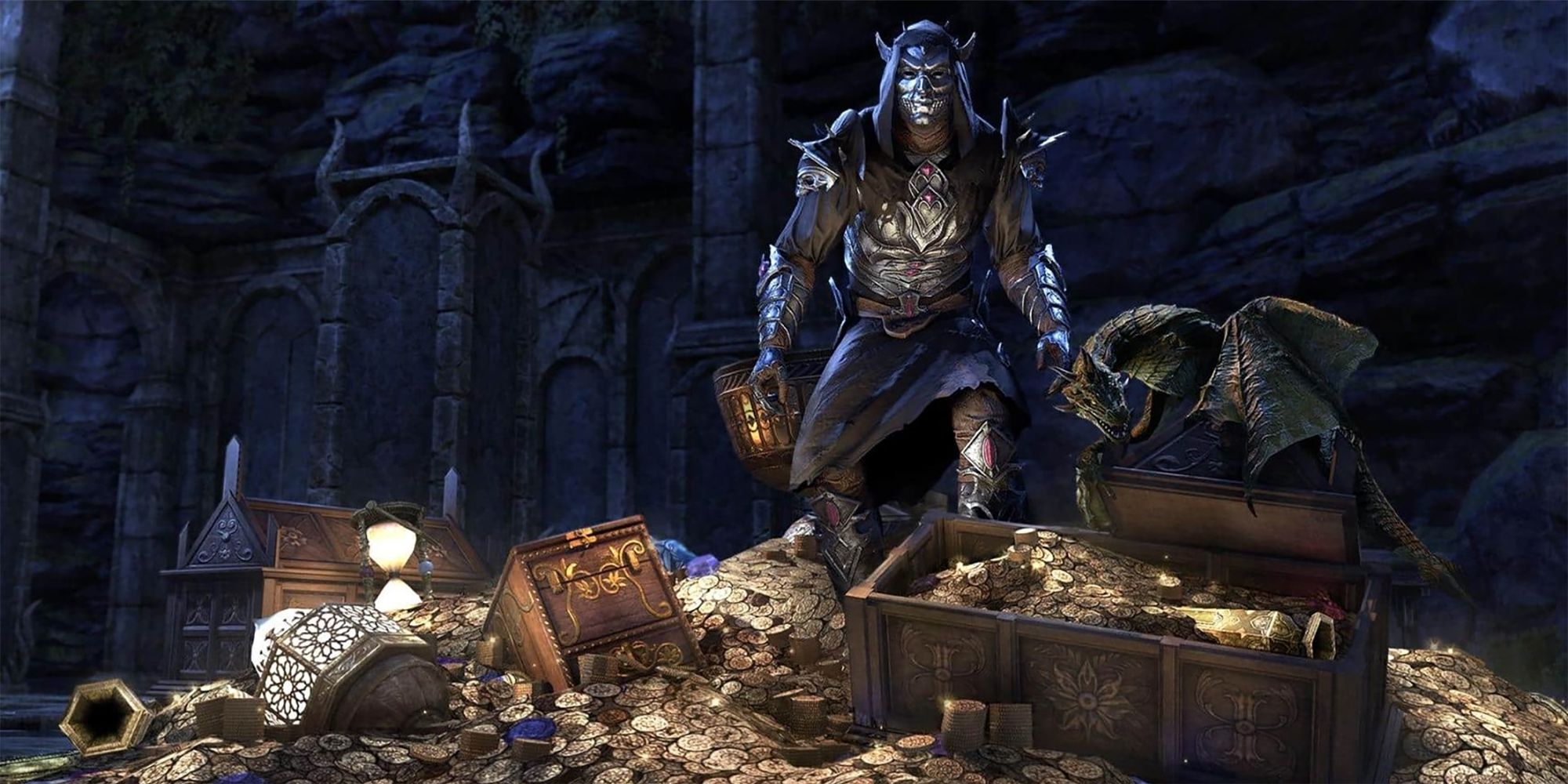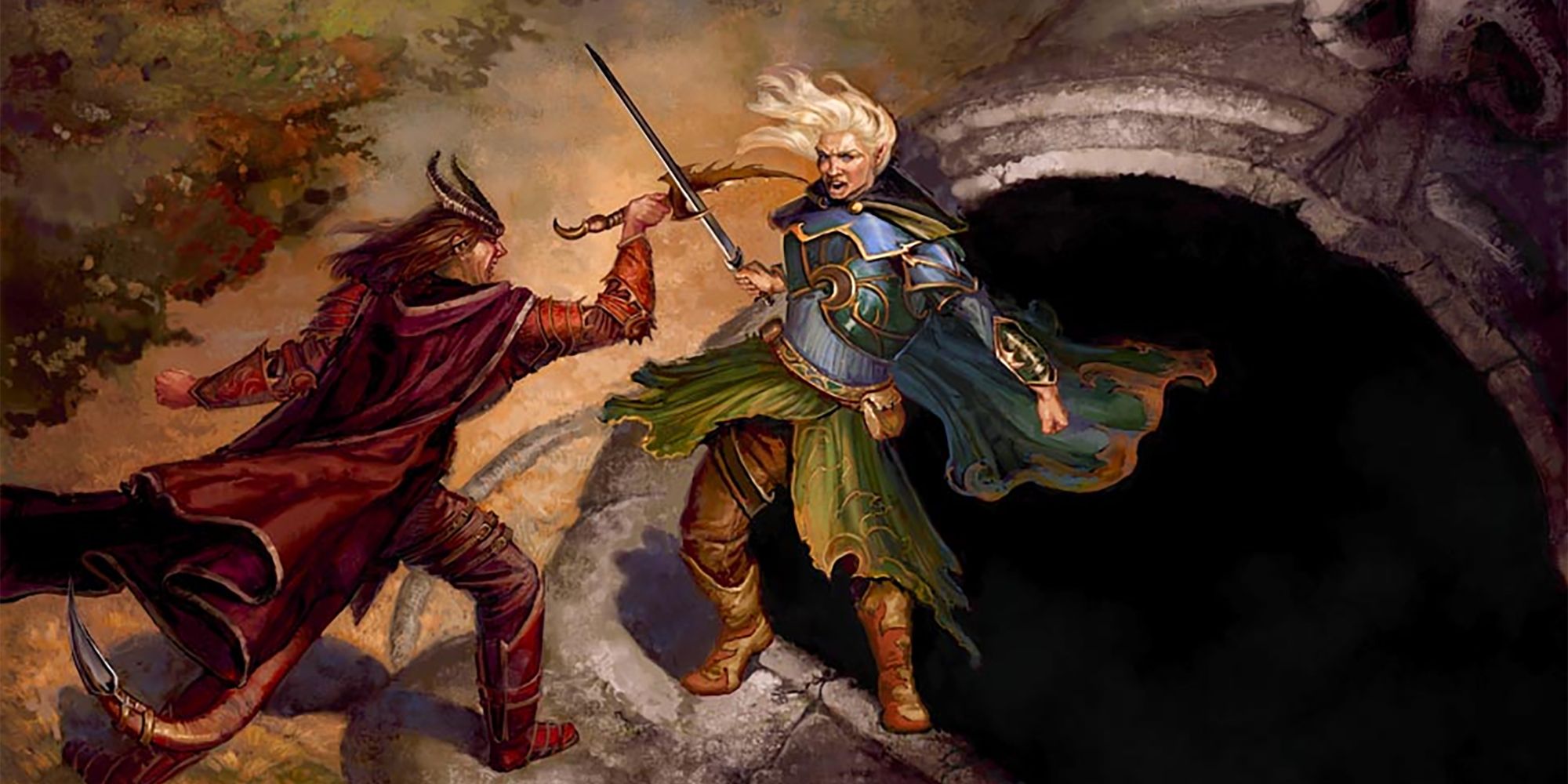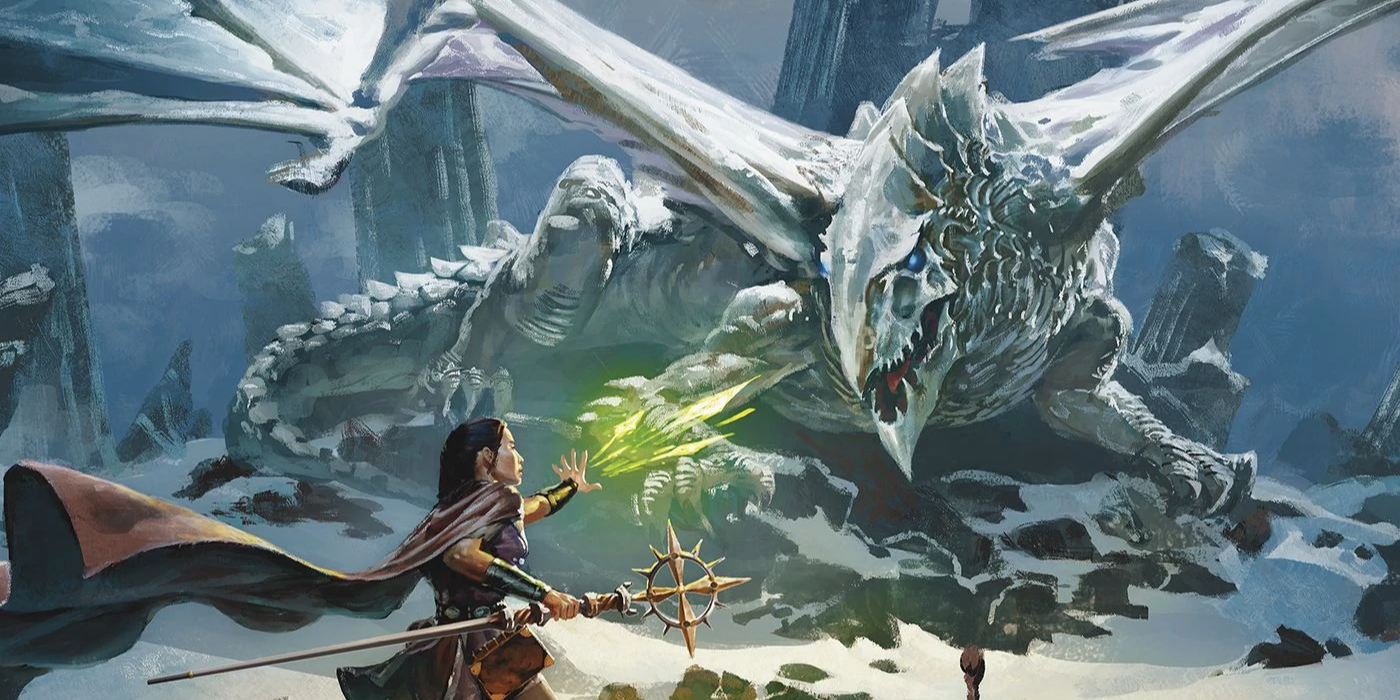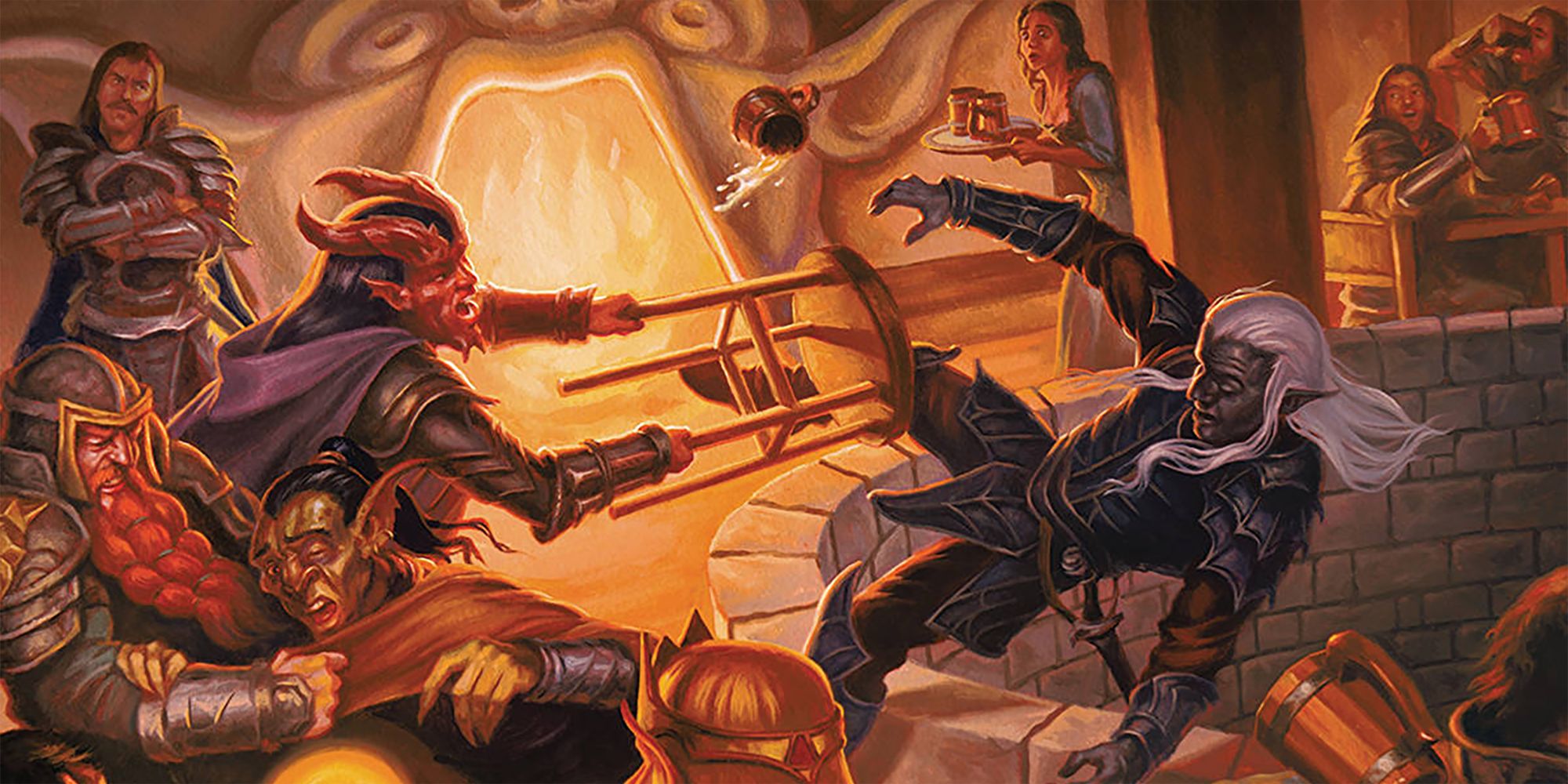Dungeons & Dragons is all about teamwork and the party members utilizing their individual skillsets, but sometimes the regular campaign grind can feel redundant. Players level up as the campaign advances, at times gaining new skills and gear that they may not always get to test out. Characters also tend to size each other up as they adventure together, often wondering how things might play out if they found themselves face-to-face in the arena.
A Battle Royale is the perfect opportunity for both the players and the Dungeon Master to not only take a small break from the main campaign, but to flex their muscles against each other, while also fending off outside threats. It gives the DM a chance to offer a few sweet rewards that can be used in the campaign while seeing how the players are utilizing items, equipment and abilities they already possess. DMs can also include a few challenges that the players might otherwise be struggling with in campaign to help them learn and grow a little before the next session.
Create Problem-Solving Opportunities
One of the key aspects of D&D, regardless of the session type, is problem solving. The DM guides the players through a world riddled with strife and danger, and it's up to them to do what they can to relieve the suffering plaguing the multiverse. In a Battle Royale setting, players will be working against each other rather than combining their skills. Since they can't rely on teamwork to help them solve problems, they'll be forced to work through things on their own if they want to survive and reap the rewards.
Honing this skill as individuals may actually help them work together when it's time to return to campaign problem solving. Littering the arena with things like timed traps and lair actions, dangerous difficult terrain, interesting places to take cover and swarms of enemies to distract them from their goal will mean thinking more strategically about movements and actions on their turn.
Balance Risk & Reward
Creating balance between risk and reward keeps everyone engaged during each round of combat. They'll be watching the battlefield, rather than scrolling through their phone or doodling on their character sheet while waiting for their turn because it'll quickly become apparent that paying attention is essential to their character's survival.
Since they'll be facing mortal peril while battling their companions, providing ample reward for their risk is imperative. Offer a valuable boon to the last player standing that they can carry over into the campaign. This item could perhaps grant the winner the upper hand or even turn the tide in a tricky situation. That being said, it's also important to litter the battlefield with items they can use during the fight, like scrolls, potions and temporary items to boost their power and improve their odds of survival. This keeps everyone moving and searching for an edge to help them win.
Force the Party Together
One of the pitfalls for Battle Royales is that stealthy players that have access to invisibility spells or always find a way to lurk in buildings and shadows to avoid being seen, all the while picking everyone else off from the shadows. While a great strategy for survival, it quickly becomes frustrating when the battle keeps going on and on while everyone looks over their shoulder and hunts down the invisible Arcane Trickster just to try and get rid of them.
Lair actions that force the players into a specific boundary that narrows and shrinks every few rounds of combat can help force the lingering lurker no one can seem to find into the open. A magical barrier that decreases and crumbling edges that earth-trembling quakes send tumbling into the void are a great way to make the playing field smaller and eventually force the players to actually take one another on.
Make Everyone Vulnerable
There are certain abilities and items that can make it really difficult for players to actually connect with one another in battle, so as a DM it's important to take those into consideration. As players level up, they gain access to powerful spells and abilities that can all but make them invincible, which can be incredibly frustrating for other players who rely on an entirely different set of tools to get by in battle.
Not allowing them to use their abilities isn't entirely fair either, so it's important to find a way to blunt them a little so everyone actually feels like they have a fighting chance. Players who can fly, for example, are incredibly difficult for melee-reliant fighters to attack, especially without the cooperation of their fellow party members. Creating random no-fly zones across the map can make navigation more challenging. Even positioning no-magic zones around the map that shift during lair actions can give everyone a chance to utilize their skillset as they chase one another.
Establish Clear Rules
PvP combat is never going to be the same as combat against NPCs and monsters, and sometimes it's difficult to reign it in. Without clear rules and guidelines for a Battle Royale, players could inevitably carry it on for several hours, which no one actually wants. Establishing temporary rules before launching the game helps keep everyone on track, minimizing confusion and mistakes.
Despite how much fun a well-played Battle Royale can be for everyone involved, no one wants it to go on forever. So, taking time to determine the rules surrounding player unconsciousness could, essentially, keep the game moving at a pace that's comfortable for everyone. Some classes have abilities that allow them to bounce back from zero hit points and keep fighting, which can come in handy and be a deciding factor to the game's outcome. But who will revive other players if they fall unconscious? Creating a rule that a player is out of combat when they reach zero hit points could mean the difference between a game that drags and a game that flows.

